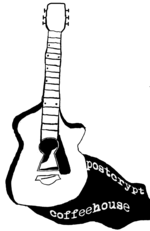Schermerhorn Hall

Schermerhorn Hall (Dutch pronunciation: [ˈsxɛrmərˌɦɔrn]) is an academic building on the Morningside Heights campus of Columbia University located at 1180 Amsterdam Avenue, New York City, United States. Schermerhorn was built in 1897 with a $300,000 gift from alumnus and trustee William Colford Schermerhorn. It was designed by McKim, Mead & White, and was originally intended to house the "natural sciences". During the early 20th century, it was used for studying botany, geology, physics, mechanics, and astronomy. The inscription above the doorway reads, "For the advancement of natural science. Speak to the earth and it shall teach thee."The famous Fly Room of evolutionary biologist Thomas Hunt Morgan was located in room 613, where Morgan studied the genetic characteristics of the fruit fly Drosophila melanogaster. His work in Schermerhorn would lead to his discovery of the role of genes in genetic inheritance, which earned him the 1933 Nobel Prize in Physiology or Medicine. During the Manhattan Project, Schermerhorn was used "for early 'pile' research and gaseous diffusion research and development and operation of a barrier production pilot plant."
Excerpt from the Wikipedia article Schermerhorn Hall (License: CC BY-SA 3.0, Authors, Images).Schermerhorn Hall
Amsterdam Avenue, New York Manhattan
Geographical coordinates (GPS) Address Nearby Places Show on map
Geographical coordinates (GPS)
| Latitude | Longitude |
|---|---|
| N 40.808558333333 ° | E -73.960433333333 ° |
Address
Schermerhorn Hall
Amsterdam Avenue 1190
10027 New York, Manhattan
New York, United States
Open on Google Maps



